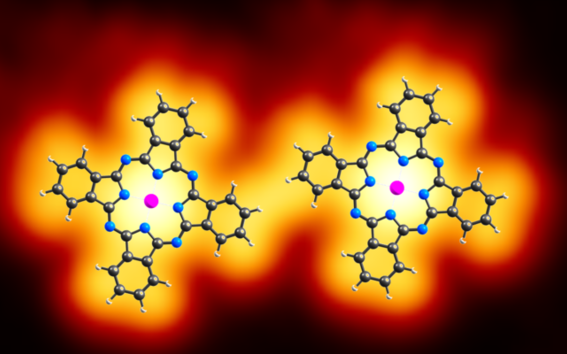Coupling magnetic molecules on a superconductor

Magnetic impurities have a dramatic effect on superconductivity by breaking the time-reversal symmetry and inducing so-called Yu-Shiba-Rusinov (YSR) low energy bound states within the superconducting gap. The spatial extent of YSR states is greatly enhanced in 2D systems, which should facilitate the formation of coupled states. We have observed YSR states on single cobalt phthalocyanine (CoPC) molecules on a 2D superconductor NbSe2 using low-temperature scanning tunneling microscopy (STM) and spectroscopy (STS). We used STM lateral manipulation to create controlled CoPc dimers and demonstrate the formation of coupled YSR states.The demonstration of coupled YSR states is promising for realization of novel topological states predicted in YSR lattices.
The results are published in Nano Letters.
- Published:
- Updated:
Read more news

DeployAI Partners Gather for Heart Beat Meeting in Helsinki
The European DeployAI project's partners gathered for the Heart Beat meeting hosted by Aalto University Executive Education in Helsinki.
Get to know us: Associate Professor Maria Sammalkorpi
Sammalkorpi received her doctorate from Helsinki University of Technology 2004. After her defence, she has worked as a researcher at the Universities of Princeton, Yale and Aalto.
A! Walk-Nature connection: Walk, pick, discuss
The afternoon adventure on Lehtisaari offered more than just a walk in the forest; it sparked conversations about renewed appreciation for the simple pleasures of life and the beauty of the Finnish wilderness...